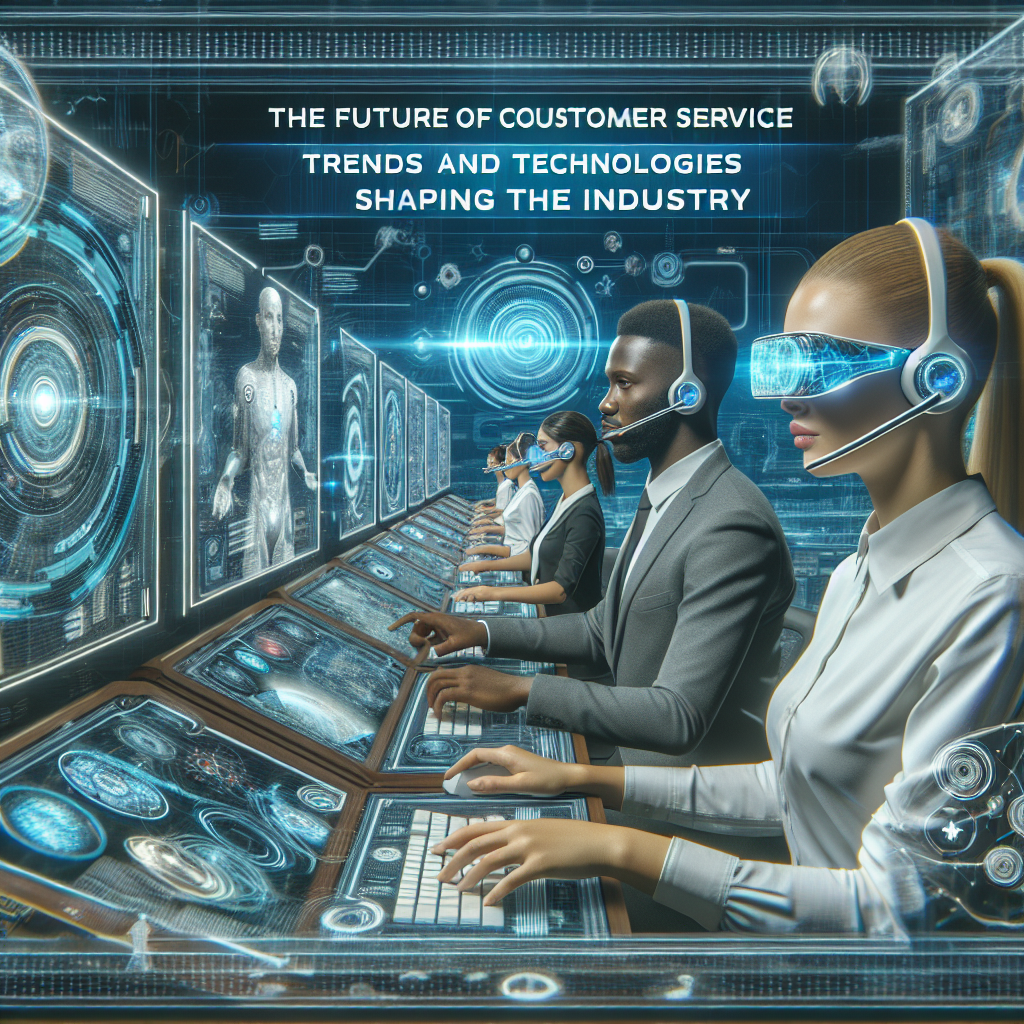As we move further into the 21st century, customer service is undergoing a radical transformation driven by technological advancements and changing consumer expectations. Customers today expect instant support, personalized experiences, and seamless interactions across channels. As businesses strive to meet these demands, several key trends and technologies are shaping the future of customer service.
1. Omnichannel Support
Several businesses have recognized the importance of providing a cohesive customer experience across all channels. From social media and live chat to traditional phone support and in-person interactions, consumers want the ability to switch between channels without losing context. Omnichannel support integrates these varied platforms, allowing customer service representatives to access a unified view of the customer journey.
This integration not only improves the customer experience but also enables businesses to gather valuable insights into customer preferences and behaviors, laying the groundwork for more targeted marketing and service strategies.
2. Artificial Intelligence and Chatbots
Artificial intelligence (AI) and machine learning are influencing customer service in profound ways. AI-powered chatbots and virtual assistants are becoming commonplace, handling routine inquiries efficiently while providing 24/7 support. This technology can manage simple tasks, freeing human agents to focus on more complex issues that require empathy and critical thinking.
As AI continues to evolve, we are witnessing enhanced capabilities, such as natural language processing (NLP) that allows chatbots to better understand customer queries, deliver accurate responses, and even engage in more human-like conversations.
3. Personalization at Scale
In an age where consumers are inundated with options, personalization is key to standing out. Businesses are leveraging data analytics and machine learning to analyze customer behavior, preferences, and purchase history, creating tailored experiences that resonate with individual customers.
From personalized product recommendations to customized support interactions, leveraging data effectively will result in heightened customer satisfaction and stronger brand loyalty. Furthermore, as privacy concerns are paramount, companies must balance personalization with strong data protection practices to gain and maintain consumer trust.
4. Remote and Hybrid Support Models
The COVID-19 pandemic accelerated the adoption of remote work, and this shift has had lasting implications for customer service teams. A hybrid model combining remote and in-person interactions is becoming increasingly viable. With tools that allow for seamless communication and collaboration between remote agents and their managers, companies can tap into a global talent pool, enhancing their capability to provide support across different time zones and regions.
This flexibility also supports employee well-being, which ultimately contributes to better service delivery as happy employees are typically more engaged and productive.
5. Self-Service Solutions
Empowered by technology, consumers are increasingly favoring self-service solutions. Customers appreciate the ability to find answers and resolve issues independently without having to wait for a representative. Brands are investing in comprehensive FAQs, knowledge bases, and interactive tutorials to provide resources that enable users to help themselves.
The rise of self-service options not only enhances user satisfaction but also eases the burden on customer service teams, allowing them to focus on more complex queries that require a personal touch.
6. Voice Technology
Voice technology, driven by the rise of smart speakers and voice assistants, is becoming an essential component of customer service. Voice-activated interfaces allow customers to engage with brands in a more natural manner. Businesses are gradually exploring how voice technology can enhance customer interactions, from placing orders to seeking support.
As the technology develops, customer service across industries may increasingly encompass voice-driven solutions, creating a more accessible and user-friendly experience for consumers.
7. Enhanced Analytics and Reporting
Data-driven decision-making is becoming the norm in customer service. Advanced analytics technologies allow businesses to monitor key performance indicators, gauge customer satisfaction, and identify trends in real-time. These insights empower brands to make informed adjustments to their customer service strategies and improve operational efficiency.
Predictive analytics also play a vital role in foreseeing potential customer needs and challenges, allowing businesses to proactively address issues before they escalate.
Conclusion
The future of customer service is undoubtedly promising, bolstered by groundbreaking technologies and innovative approaches to customer engagement. As businesses strive to keep pace with evolving consumer expectations, focusing on omnichannel support, AI solutions, personalization, and self-service options will be critical. Embracing these trends will not only enhance operational efficiency but also result in exceptional customer experiences that drive loyalty and brand advocacy in an increasingly competitive marketplace. The organizations that invest in these advancements today will reap significant rewards in customer satisfaction and long-term success.




